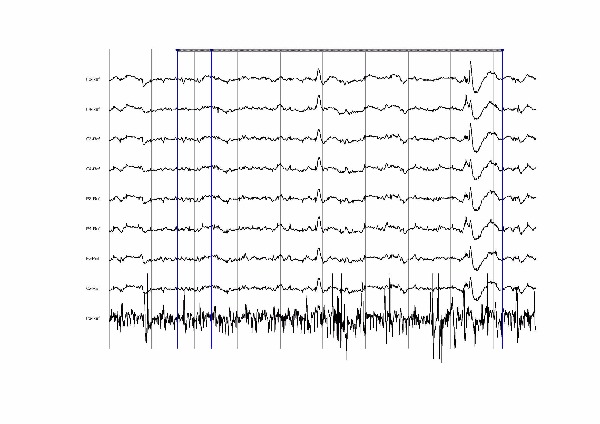American Kennel Club award to Professor Holger Volk
has been awarded £74k by the American Kennel Club - Canine Health Foundation to work on "Investigating the Effect of a Ketogenic Medium-Chain Triglyceride (MCT) Supplement on the Treatment of Drug-Resistant Canine Idiopathic Epilepsy and Its Behavioural Comorbidities". He will be working with co-investigators , and (Imperial College).
Canine epilepsy is a chronic neurological condition, often requiring lifelong medication with anti-epileptic drugs (AEDs). Despite appropriate treatment with available AEDs, seizure freedom may not always be achievable. Indeed, over two thirds of dogs with epilepsy continue to have seizures long-term and around 20-30% remain poorly controlled on standard AEDs. The drug resistant patients with epilepsy are the hardest to manage.
There is an urgent need to develop alternative treatments to improve the quality of life (QoL) of drug-resistant patients, who may continue to experience unpleasant AED side- effects despite their lack of success. The ketogenic diet, originally characterized as high in fat and low in carbohydrates, has been a successful treatment in children with epilepsy for several decades, decreasing seizure activity and even leading to seizure freedom in drug-resistant patients.
Recent research has identified that a component of the ketogenic diet, a medium-chain fatty acid (‘MCT’) called C10 has directly anti-seizure effects on the brain. This project will investigate whether supplementing the diet of dogs with drug-resistant epilepsy with an MCT oil containing C10 will reduce seizure frequency and/or severity. As epilepsy has multiple impacts on QoL beyond seizure frequency, we will also investigate whether the MCT supplement alters the side effect profile of AEDs the patient is already receiving, improves any behavioural problems associated with epilepsy (e.g. anxiety), cognition and improves the stress levels of the affected dog and their owner. If successful, MCT supplements could be a vital new addition to the tool-kit of epilepsy treatment.

Figure 1: EEG of a seizure
You may also be interested in:
-
New research from the RVC predicts the future life expectancy for companion cats
New research from the °ÄĂĹÁůşĎ˛ĘąćÂÉÂŰĚł (RVC), in collaboration with researchers from the …

